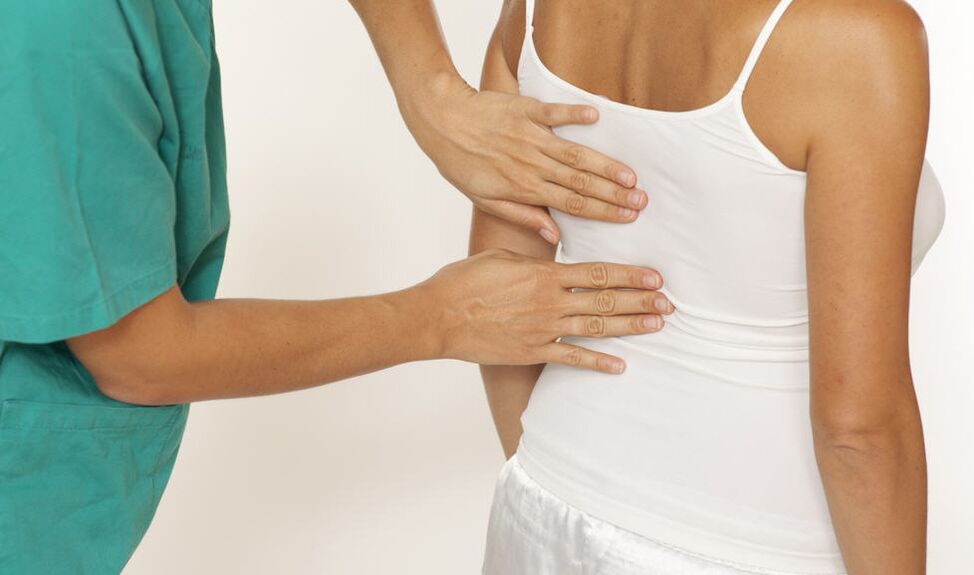Patients belonging to different age groups have to deal with unpleasant pain in the back. Often, physical discomfort is a manifestation of a serious illness or the result of a severe muscle strain. In most cases, pathology occurs due to structural changes in vertebral body joints, soft tissues, or nerve endings. Pain symptoms are also the result of dysfunctional internal organs.
Causes of Back Pain

By locating back pain in the body, the nature of the aggression at work on the body can be determined. Discomfort occurs in the lower part as the affected bone tissue and intervertebral hernia develop, as well as damage to the abdominal organs. If back pain is found in the upper area, it is a sign of aortic disease, inflammatory processes of the respiratory organs and the formation of tumors in the chest. Unpleasant sensations throughout the back surface, along with fever, nausea, indigestion, require immediate medical attention as they indicate a serious health problem.
The main causes of back pain are related to these diseases:
- Osteomyelitis affecting the bone marrow;
- tumor tumor;
- Intervertebral hernia occurs in hernia;
- scoliosis;
- cartilage damage;
- Fibromyalgia.
Many times, back pain is not related to changes in the structure of the spine. In this case, pelvic hemorrhage or compression of sternal nerve endings can be observed. Discomfort between the shoulder blades may be related to peptic ulcers or arthritis. Pain that radiates to both sides at the same time is the first sign of appendicitis. Unpleasant sensations may occur after prolonged exposure to low temperatures, repeated lifting of heavy objects, severe coughing, or being in uncomfortable positions. Back pain usually occurs after a fracture, regardless of its location.
Features of low back pain treatment
Provide first aid to patients in cases of unbearable pain. To do this, you can apply a cold compress to the problem area, take pain relievers, and exclude physical activity. In the treatment of back pain, chondroprotective agents are actively used today. Their injectable form guarantees maximum bioavailability and speed of action of the drug, preventing the destruction of cartilage tissue and reducing inflammation. The course of treatment may include:
- warm ointment;
- Medications to relieve tissue spasms;
- physical therapy procedures;
- therapeutic massage;
- acupuncture.
If necessary, special corsets are prescribed to relieve the load on the lower back and spine. In some cases, surgical procedures involving the installation of intervertebral prostheses are performed.















































